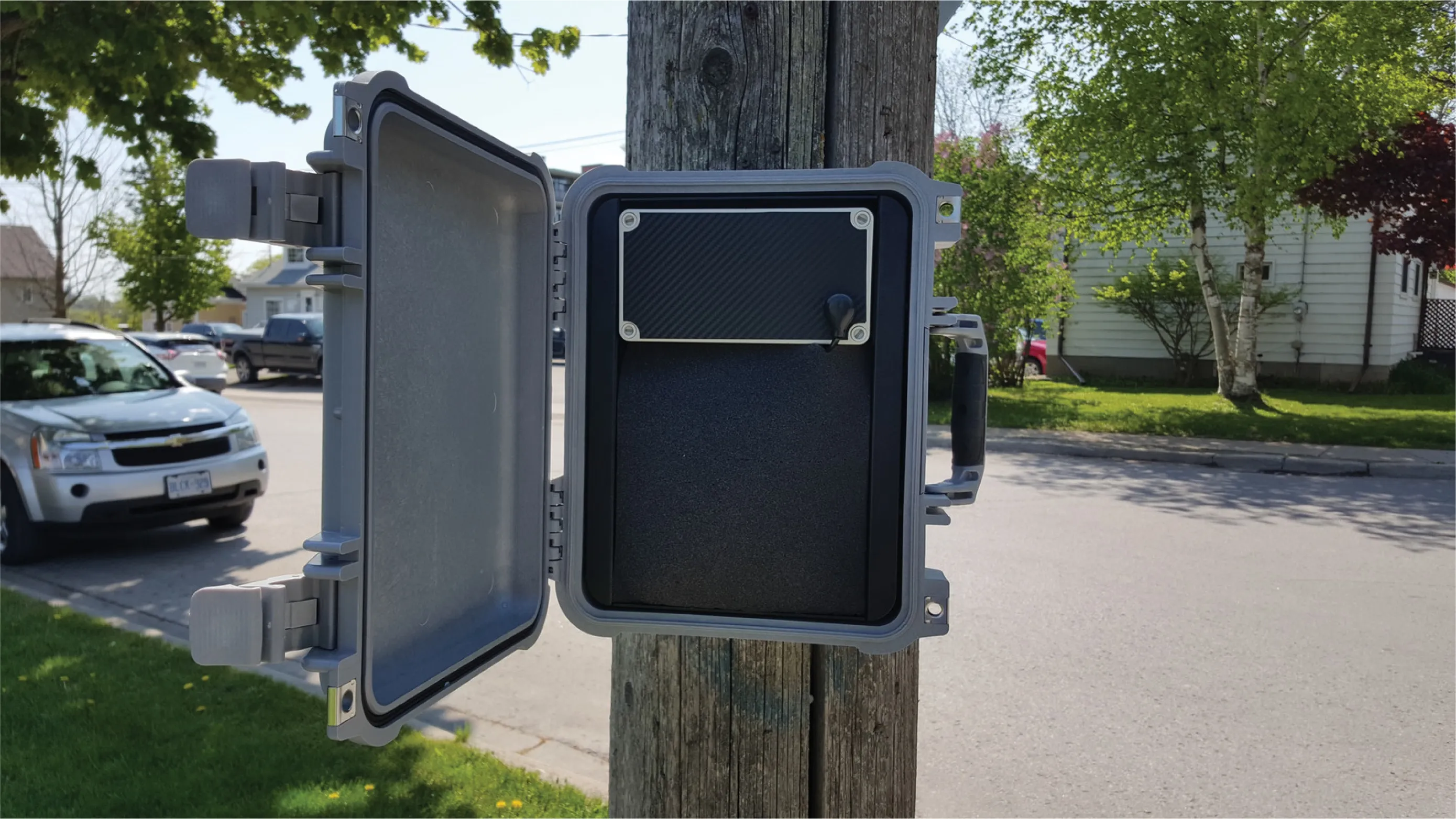In a bid to improve work-zone safety, researchers from the University of Minnesota have developed the intelligent drum line (IDL) system prototype. The portable, dynamic system provides visual and auditory warnings to drivers who may have ignored or missed previous warning devices and pose a danger to the work-zone crew.
October 18, 2013
Read time: 2 mins
In a bid to improve work-zone safety, researchers from the 584 University of Minnesota have developed the intelligent drum line (IDL) system prototype. The portable, dynamic system provides visual and auditory warnings to drivers who may have ignored or missed previous warning devices and pose a danger to the work-zone crew.
The IDL system consists of two work-zone drums that detect vehicles travelling at unsafe speeds as they approach the work zone. Each drum includes a visual and auditory warning system: emergency flasher units mounted on the outside of the drum and a powerful air horn mounted inside that projects toward the roadway.
The first drum measures the speed and location of approaching vehicles. If the speed is higher than the safe threshold, the system activates the visual warning in both drums. When the vehicle is about one second away from the first drum, the auditory warning is activated. As soon as the vehicle passes, the auditory warning is stopped and the visual warning is deactivated. The auditory warning process is then repeated for the second drum.
Initial tests indicate that the audible and visual warnings successfully attracted the attention of drivers, although drivers were aware of the system in advance. Further tests under real conditions are planned.
The IDL system consists of two work-zone drums that detect vehicles travelling at unsafe speeds as they approach the work zone. Each drum includes a visual and auditory warning system: emergency flasher units mounted on the outside of the drum and a powerful air horn mounted inside that projects toward the roadway.
The first drum measures the speed and location of approaching vehicles. If the speed is higher than the safe threshold, the system activates the visual warning in both drums. When the vehicle is about one second away from the first drum, the auditory warning is activated. As soon as the vehicle passes, the auditory warning is stopped and the visual warning is deactivated. The auditory warning process is then repeated for the second drum.
Initial tests indicate that the audible and visual warnings successfully attracted the attention of drivers, although drivers were aware of the system in advance. Further tests under real conditions are planned.










